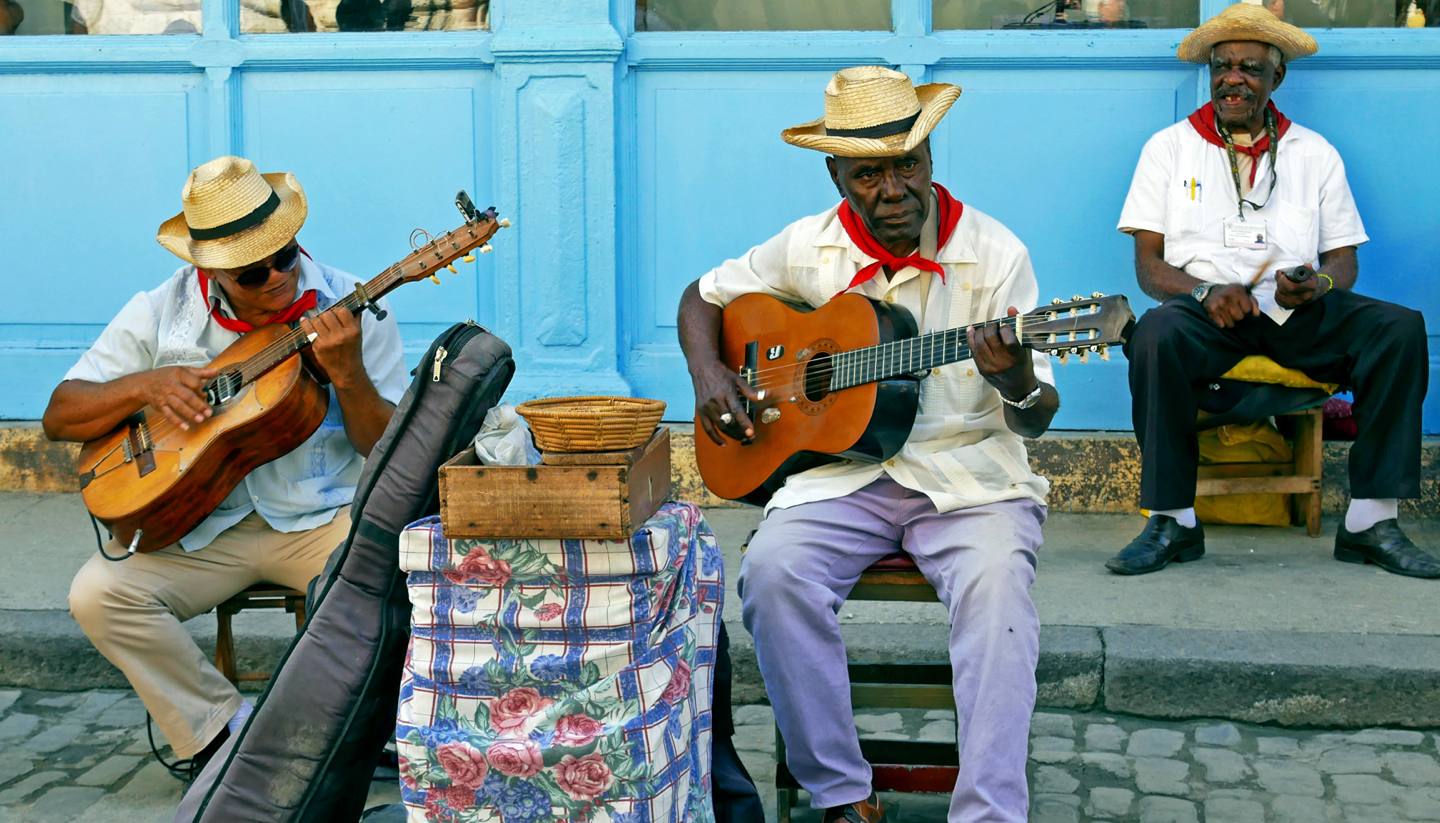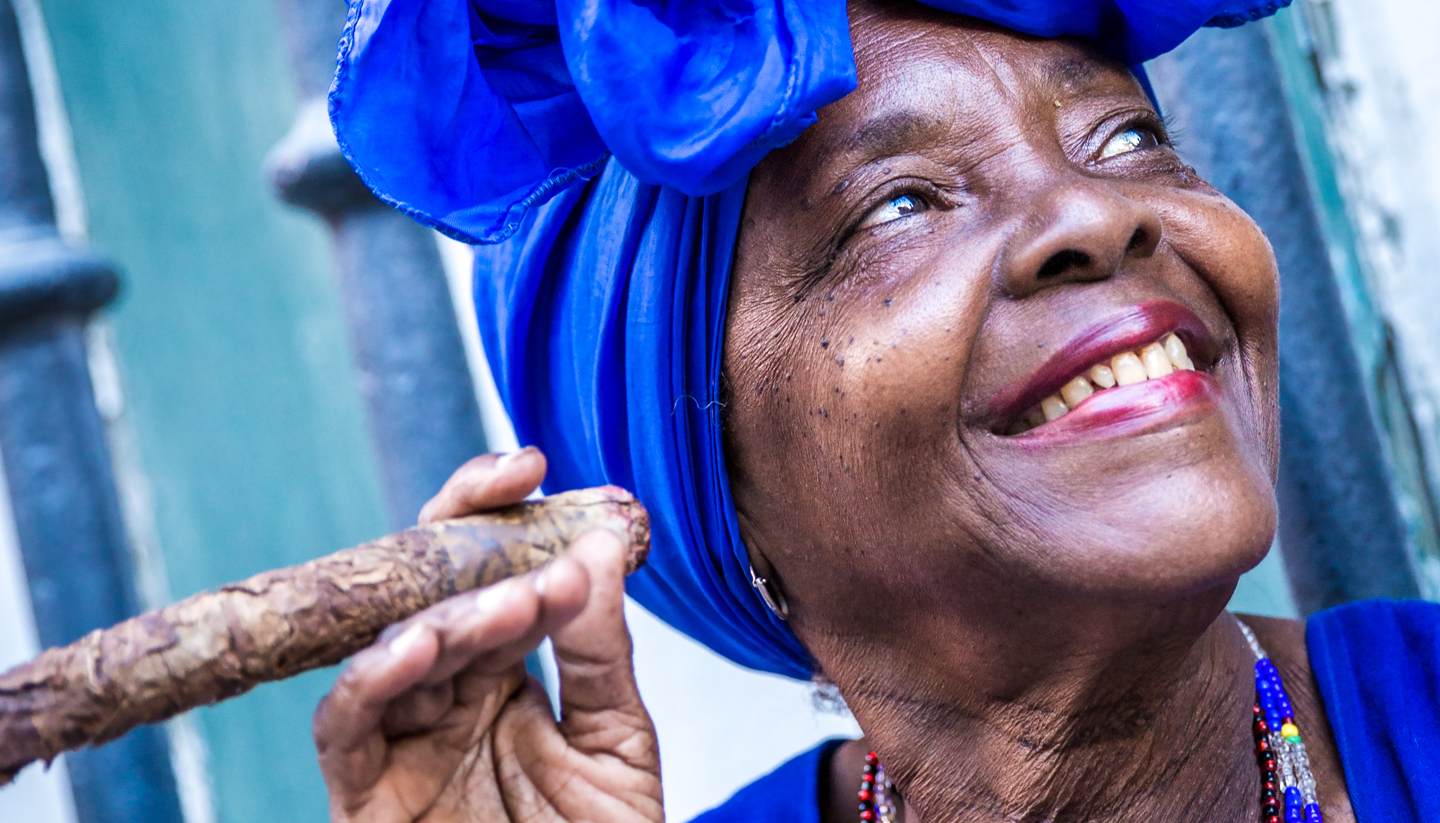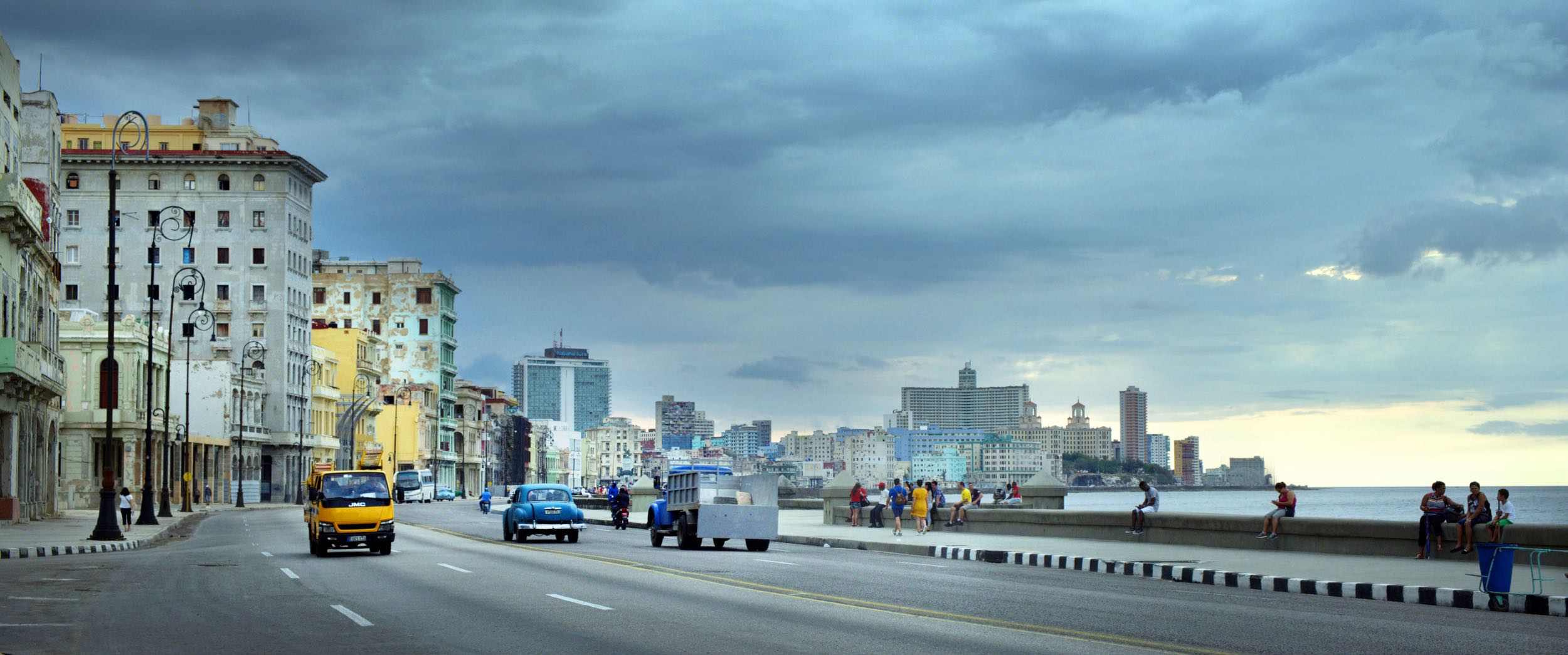Cuba Weather, climate and geography
Weather and climate
Best time to visit
Cuba has a tropical climate with two main seasons: the dry season starts in late November and lasts until mid-April, and the rainy season is from May to October.
The dry season (late November to mid-April) is the best time to visit Cuba, and you can expect daytime temperatures to be around 26°C (79°F) to 30°C (86°F). It must be noted that rainfall does occur during the dry season – the sky will open up and rain hard for a few days a month.
The rainy season (May to October) is wet and muggy. From August to October, tropical storms and cyclones are likely to affect the eastern part of Cuba. Hurricanes can happen during this period too.
Shaped like a crocodile, Cuba is long and slender in size. The climate varies slightly from one side to the other. Generally, the northwestern part of Cuba (where Havana is located) is a few degrees cooler than the southeastern part from December to March, when the cool air from North America arrives.
The best time to visit Havana:
The best time to visit Havana is from December to March when the rainfall is at its lowest – February and March are the driest months with just 45mm (1.8 inches) of rain each month. But when it rains, expect a heavy downpour. Temperature-wise, you can expect average highs to be between 26°C (79°F) to 28°C (82°F) during this period. If you are visiting Havana from June to October, rain gear is a must.
The best time to visit Santiago de Cuba:
The second-largest city, Santiago de Cuba sits on the southern coast and enjoys slightly warmer weather than Havana. The best time to visit Santiago de Cuba is still from December to March, during the dry season, and you can expect an average high of 28°C (82°F). Rainfalls are frequent from May to October (except July).
Required clothing
Cuba's tropical climate means lightweight cotton clothing is recommended year-round. Long-sleeves are ideal as they can protect you from mosquitoes bites. A light sweater is advisable for cooler evenings. Light waterproofs are useful during the dry season (late November to mid-April), while proper rain gear is essential during the rainy season (May to October).
Geography
Cuba is the largest Caribbean island, about the size of England, and the most westerly of the Greater Antilles group, lying a mere 145km (90 miles) south of Florida. The country also includes about 1,600 other much smaller islands, islets and cays.
The terrain of Cuba is mostly flat, but one-third of the country is mountainous, and the three most important mountain ranges are the Sierra de Los Órganos in the western region, the Sierra del Escambray in the central region, and the Sierra Maestra in the Eastern region. Pico Turquino in the Sierra Maestra range is the highest peak.




